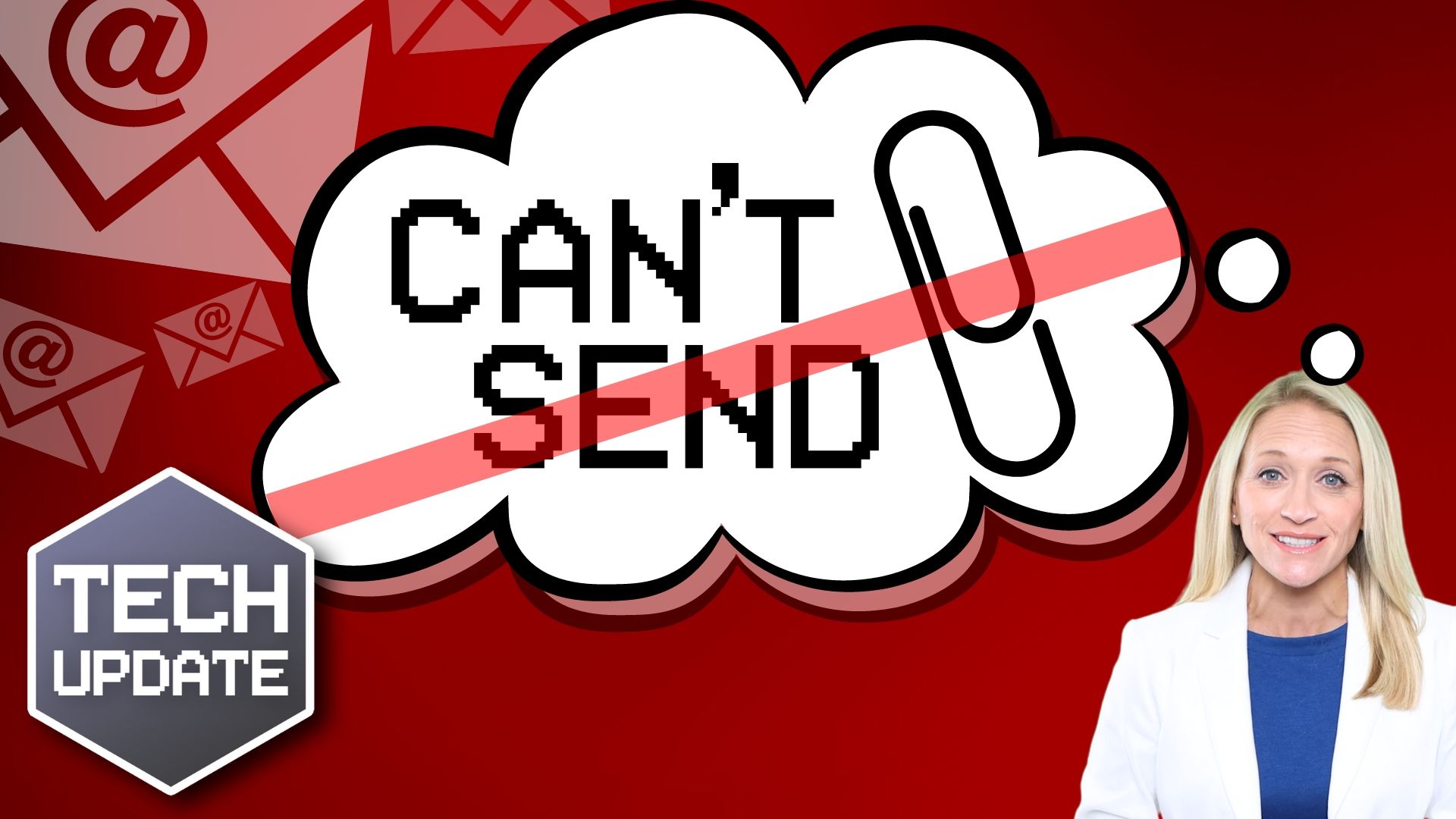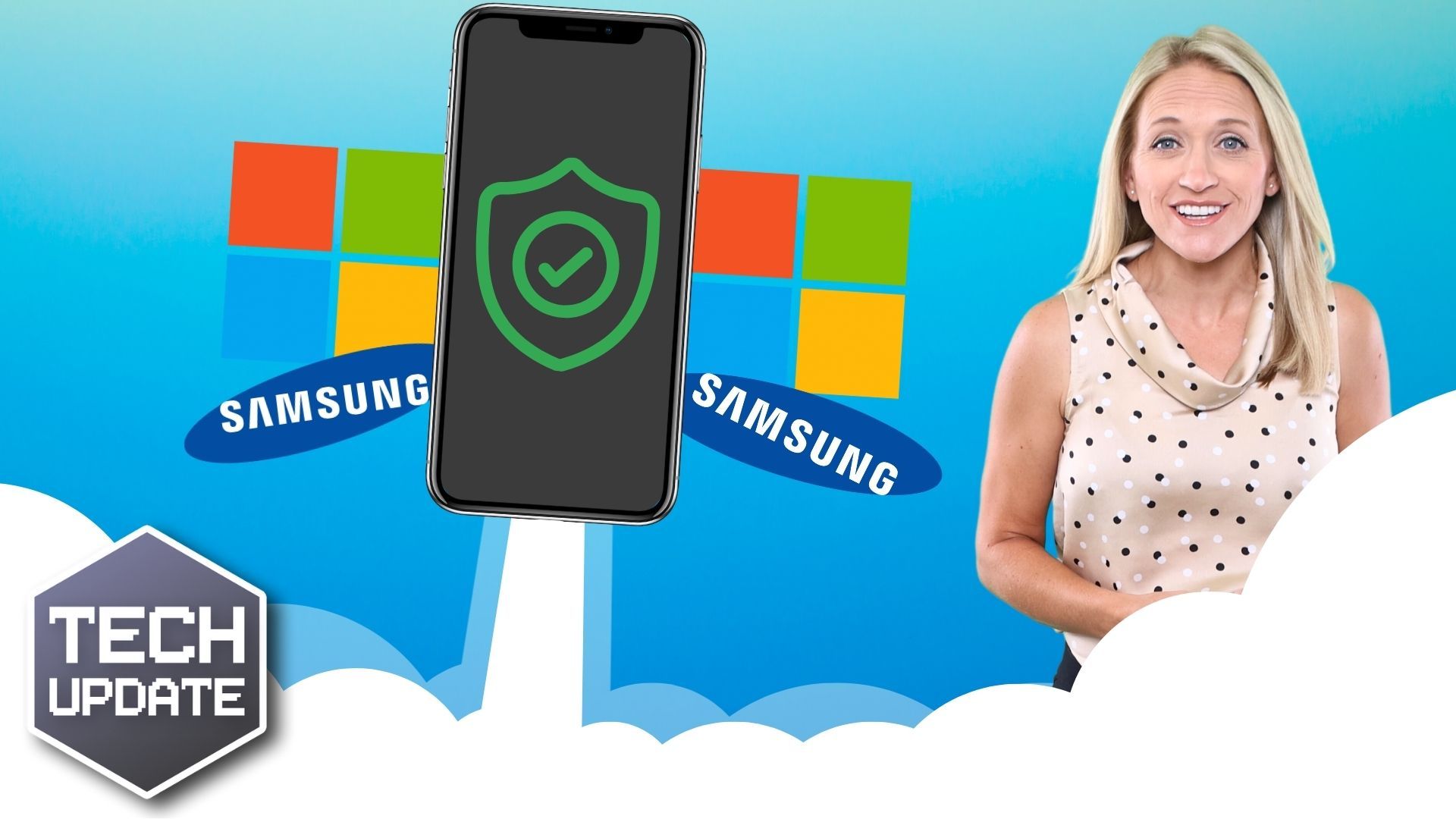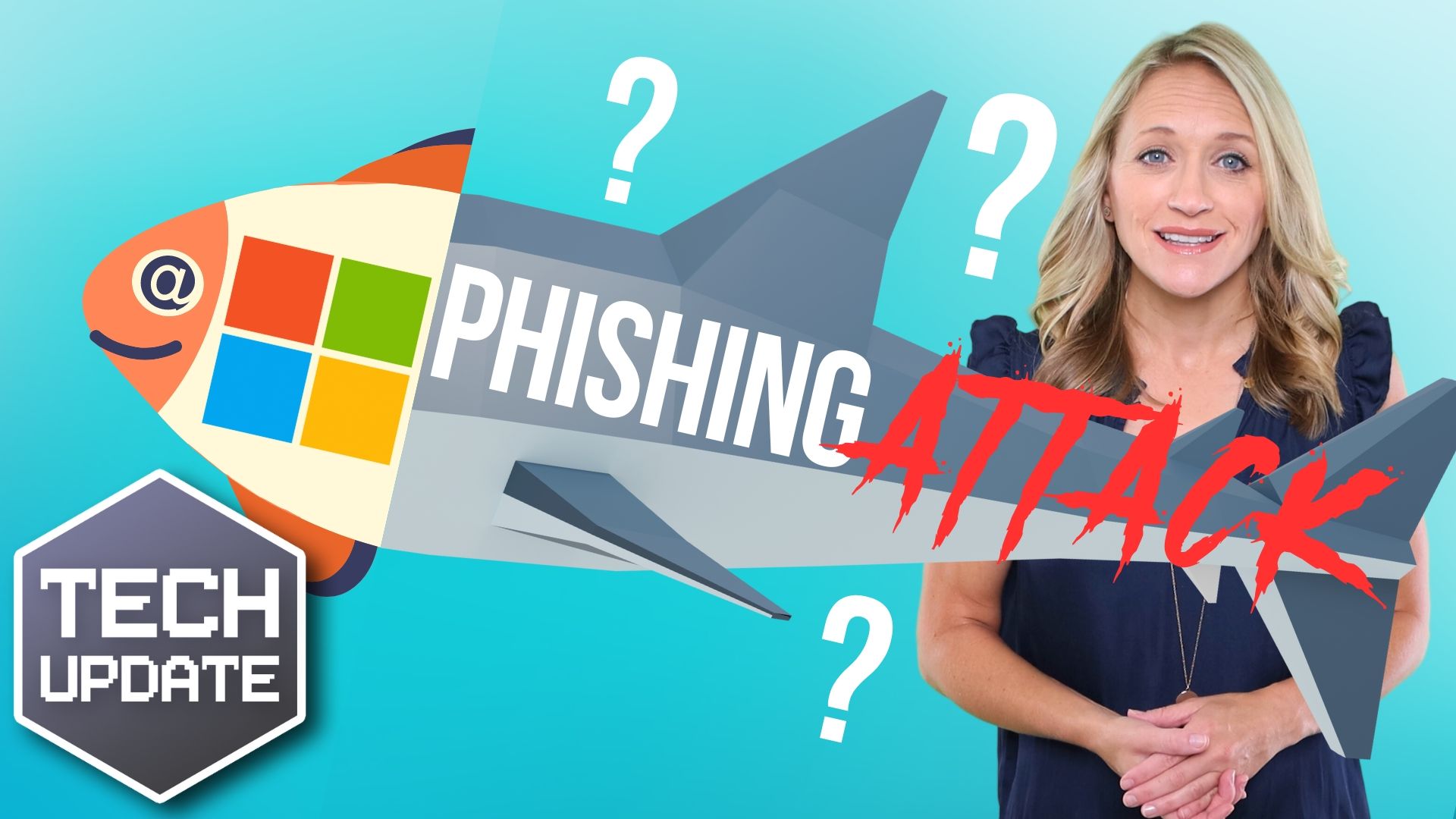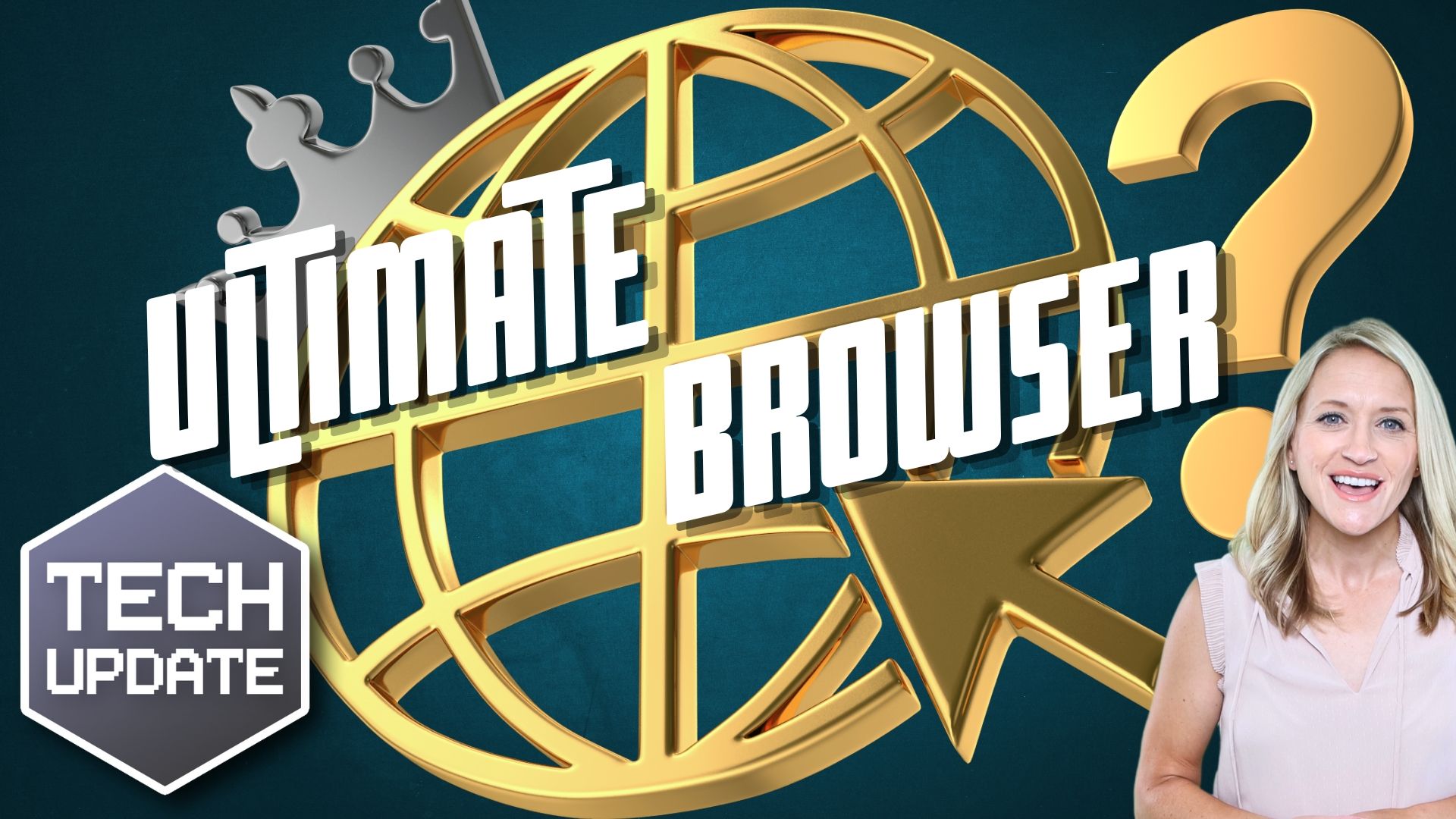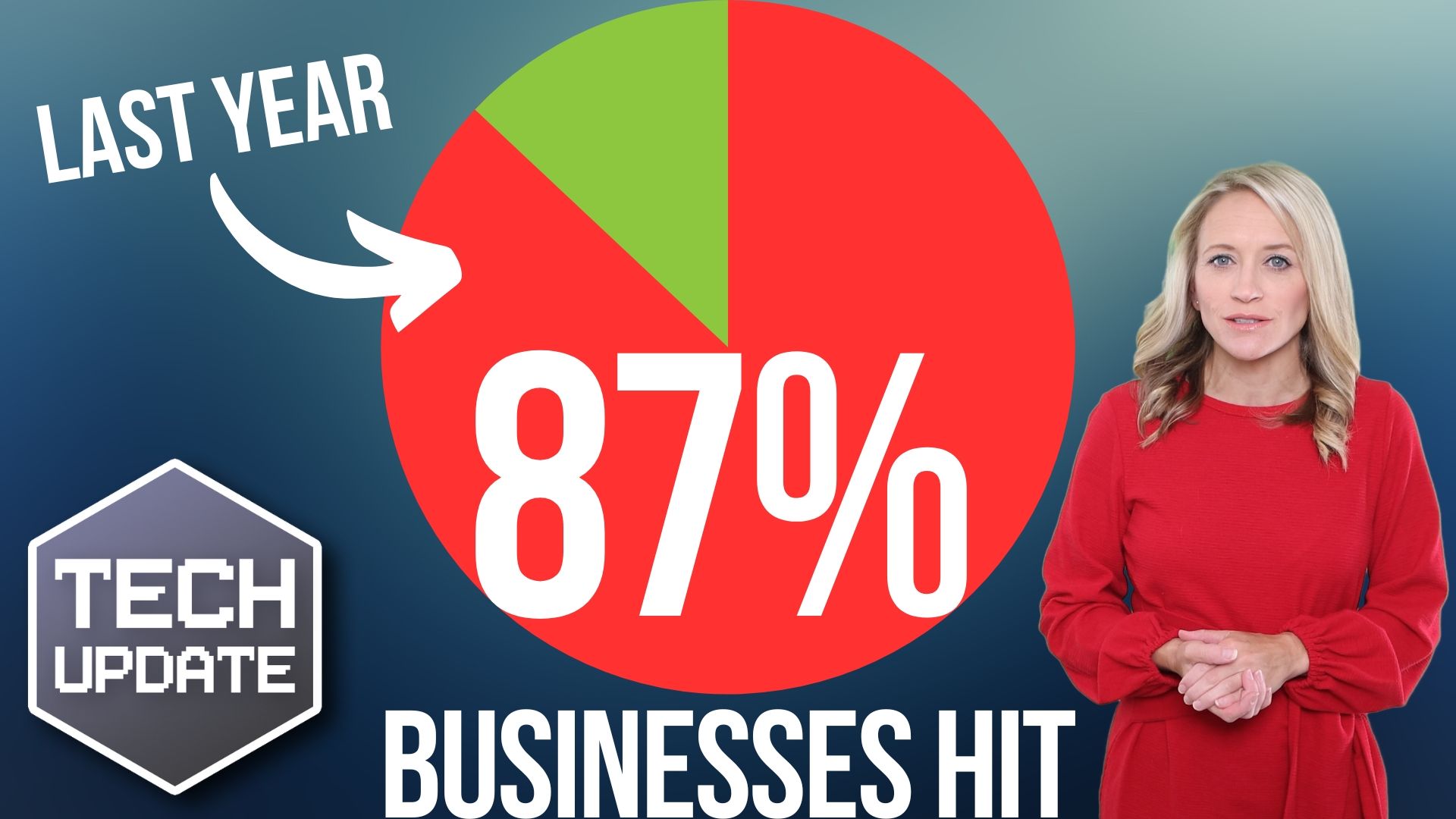And breathe… the “file too large to send” problem is over
How many times have you been in the middle of an urgent email, attaching a critical file, only to be met with the dreaded notification – “file too large to send”?
Frustrating, isn’t it?
Well, Microsoft has heard our collective sighs of exasperation. They’ve announced an update that promises to banish the ‘file too large’ issue once and for all.
And this is one of those rare times where something that feels too good to be true is actually true!
In an official post on the Microsoft 365 roadmap, the tech giant’s revealed its plan to integrate Outlook with Microsoft’s OneDrive cloud storage platform.
It means when you hit that attachment size limit, Outlook will ask you to upload your file to OneDrive, so your document still reaches the intended recipient.
Clever, don’t you think?
Android devices get this new feature first, but for everyone else, the rollout is due this month. We don’t have long to wait.
Soon you’ll no longer need to compress, resize, or even abandon your large files. Or turn to third-party services (which can be a security risk). Microsoft’s paving the way for a smoother, more efficient email experience.
If you’d like a hand getting more from your Microsoft 365 subscription, get in touch.
